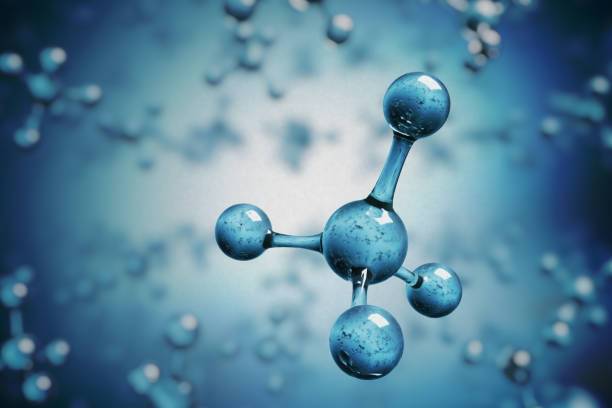Can Methane Be Removed from the Atmosphere to Combat Global Warming?

Capturing atmospheric carbon dioxide is challenging. The task of removing methane is even more daunting. Methane, a short-lived but highly potent greenhouse gas emitted by rice paddies and oil operations, is present in the atmosphere at just 2 parts per million (ppm). The U.S. National Academies of Sciences, Engineering, and Medicine (NASEM) recommends investing $150 million to $400 million over the next 3 to 5 years to explore this issue further, writes Science.
Erika Reinhardt, executive director of Spark Climate Solutions, highlights the lack of funding for methane removal research. She estimates just $10 million globally has been allocated to this area. For her, the report aims to identify essential research needs to advance in this critical field.
The Significance of Methane
Methane has drawn considerable attention as its role in global warming has become clearer. Researchers are now better tracking methane emissions using satellite data, with projections indicating an increase during this century. Although methane concentrations are lower than carbon dioxide levels, the former is significantly more effective at trapping heat, being roughly 80 times more potent than carbon dioxide over 20 years. During the industrial period, methane has contributed to one-third of the warming observed.
Previously, focus has largely been on preventing methane emissions from obvious sources, like oil and gas pipelines. However, these physical sources account for only about 21% of total methane emissions today. The remaining emissions are spread across various societal and natural sources, including coal mines and livestock.

The Need for Direct Removal
The rise in methane emissions fuels the need for new strategies to mitigate global temperatures. Gabrielle Dreyfus, chair of the NASEM committee, notes the challenge in bridging the gap between methane concentration goals and current emissions. With limited tools at hand, researchers aim to tackle this problem head-on.
Removing methane presents greater challenges than capturing carbon dioxide. As methane is present in very low concentrations, more air must be processed to achieve significant removal. Furthermore, methane’s molecular structure is less reactive, complicating the process of separation through chemical interactions.
Methods Under Consideration
Despite these challenges, methane presents a unique advantage. As the main component of natural gas, it can easily convert to carbon dioxide and water when burned. A key area of focus lies in enhancing the oxidation rate of methane, which could improve removal efficiency.
The NASEM committee proposed promising research concepts:
- Developing machines to concentrate or break down methane.
- Employing methane oxidation catalysts on surfaces exposed to air, like wind turbine blades.
- Modifying ecosystems to encourage faster methane breakdown through enhanced microbial communities.
- Stimulating the presence of airborne chemicals, like chlorine, to expedite methane degradation.
Currently, no technologies effectively manage methane concentrations below 1,000 ppm. The need exists for further research into methane dynamics and the participation of the public in decision-making processes regarding these technologies.

Potential for Overcoming Past Challenges
Methane removal research is in its early stages, offering opportunities to sidestep pitfalls faced by previous climate intervention efforts. Sikina Jinnah emphasizes the importance of integrating social science throughout research projects, instead of relegating it to an afterthought.
Meanwhile, scientists are making progress in isolating methane in concentrated settings. Desirée Plata of MIT plans to test a clay-based material in a coal mine to trap and accelerate methane breakdown. This approach will focus on methane-rich air generated by mine ventilation fans. If successful, it could significantly reduce emissions from sources contributing over 40 million tons of methane annually.
However, broader methane removal from ambient air may be less efficient and energy-intensive. Plata advises prioritizing locales with higher methane concentrations, noting that it is impractical to target lower levels at present.
Earlier, SSP reported that travel may combat premature aging.



















